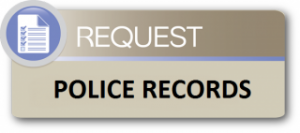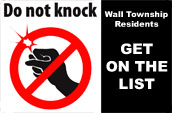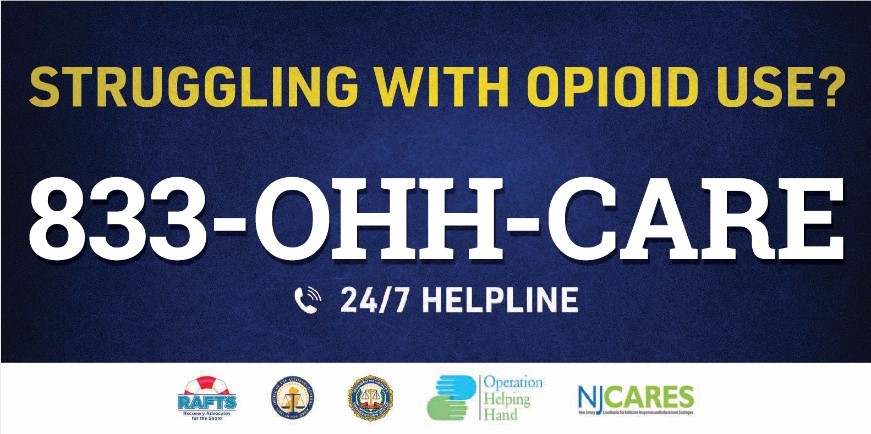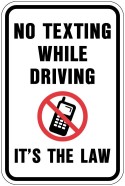BE READY: FOLLOW THE “THREE STEPS TO SAFETY”
NJOEM works closely with our federal, state and local partners to prepare for virtually all hazards, natural or manmade, that could affect New Jersey’s families, communities and businesses.
There are also things you can do to prepare for the unexpected and reduce the stress you may feel should an emergency arise.
For New Jersey residents, the basics of preparedness for virtually all hazards are the same. Following these steps and being ready NOW means you will be ready for virtually any disaster or crisis that may affect New Jersey.
Everyone should follow Steps One, Two and Three below. Steps Four and Five will help bring your readiness to the next level. Get started NOW, BEFORE a disaster takes place!
STEP ONE: “GET A KIT” of Emergency Supplies
ITEMS FOR YOUR HOME:
- Three days’ supply of canned, non-perishable, ready-to-eat FOOD
- Three days’ supply of WATER (a total of three gallons per family member)
- Battery-operated RADIOand extra batteries
- FLASHLIGHTand extra batteries
- One week’s prescription MEDICATIONS
- FIRST AID KIT
- Personal TOILETRIES
- Non-electric CAN OPENER and UTENSILS
- SPECIAL NEEDSitems:
- INFANT care items
- Items for ELDERLY family members
- Items for relatives with DISABILITIES
- CASH or TRAVELERS CHECKS
- Store important DOCUMENTS in a waterproof, safe location
IN CASE YOU NEED TO EVACUATE:
- Keep your vehicle’s gas level at a minimum of half-a-tank.
- Every family member must carry CONTACT INFORMATION:
- All phone numbers at work, school, etc. for every family member
- The name and number of a relative who lives out-of-state, to call in case your family gets separated.
These are the basics.
For further advice, read “Your Family Disaster Supply Kit,” available here from the American Red Cross.
(Also available in Cambodian -pdf, Chinese -pdf, Korean -pdf, Spanish -pdf, Tagalog -pdf, and Vietnamese -pdf)
You can also follow these additional tips on emergency food and water supplies.
STEP TWO: “MAKE A PLAN” for Yourself, Your Family or Your Business
First, follow the easy-to-use instructions in “Your Family Emergency Plan,” available here from the American Red Cross.
If you have Disabilities or other Special Needs:
- Read these Preparedness Tips for Individuals with Disabilities.
- Register with your County OEM and local Police Department. Let them know of the assistance you might need during an evacuation or other emergency.
If you Do Not Own a Car or Cannot Drive:
- Ask your County OEMor local Police Department for details on the evacuation plans for transit-dependent individuals.
- Make plans with a neighbor who does drive.
If you have Pets:
- Read these Preparedness Tips for Your Pet. Disaster shelters cannot accept pets other than ADA assistance animals. You must plan accordingly.
If you want to do more: Learn what it means when Public Safety Officials order you to:
STEP THREE: “STAY INFORMED” of Possible Threats
It is important to know about the risks that may happen in your community, and to know whether an emergency is imminent or is already taking place.
Contact your local OEM or American Red Cross Chapter.
- Ask which Types of Emergency are most likely in your area, and how to preparefor each.
- Learn about the warning signalsthat will be used in your community.
- Learn about the local radio and TV stations you should tune into for emergency alerts and official instructions.
Learn about the disaster plans for your Workplace, your children’s School or Day Care Center, and Other Places where your family spends time.
Keep track of Current Weather Forecasts and Alerts with:
- Local radio or TV stations
- NOAA Weather Radio – or listen online
- NJOEM’s Weather Links
- TWC Safety and Preparedness















